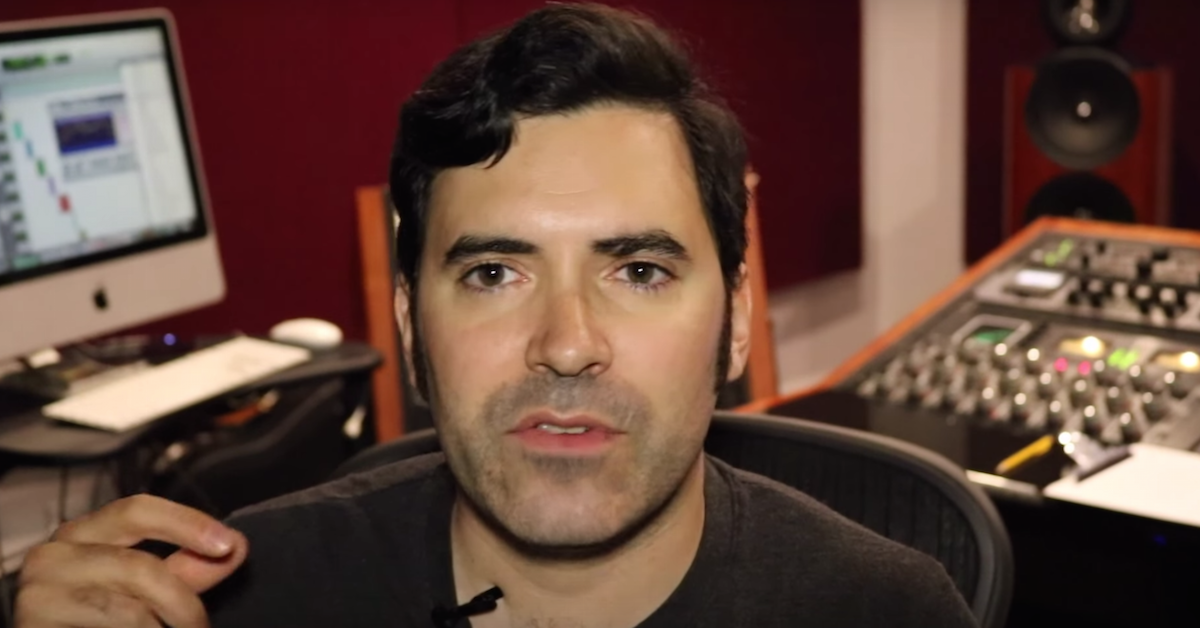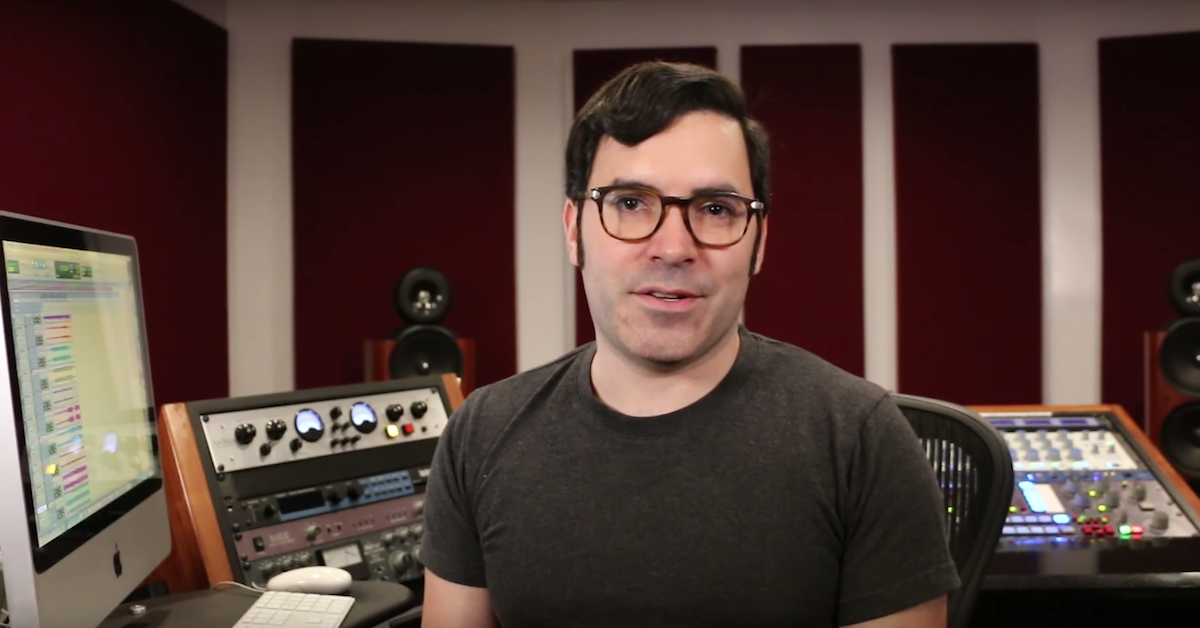7 Things That Limit the Full Potential of a Mix
Article Content
You’ve most likely heard the adage “you can’t polish a turd”. The concept being if something is inherently low in quality, there’s only so much that can be done to improve it. The metaphor is especially applicable in audio. With so many decisions and variables involved in the early stages of a production, oftentimes mix engineers are left to clean up a mess.
While mix engineers can undeniably make improvements to these aspects of productions (I’ve made sure to include some tips within the points beneath) there is only so much wizardry that can be done at the mix stage. Due to oversight, laziness, lack of talent or several other factors, the potential ceiling for greatness on any given production can be effectively capped. Here are the problems with productions that can’t be simply “fixed in post.”
1. Lack of Emotion
This is arguably the least malleable musical quality once a song has been recorded. While there are emotional traits that mix engineers can enhance, for example using a combination of saturation and fast, aggressive compression to embellish the ‘intensity’ or ‘urgency’ of a vocal performance, once something has been recorded, there is only so much we can do to change the expressiveness of a performance.
I’m not strictly speaking about vocals, either. A great musician can convey a substantial amount of feeling with their instrument(s) of choice, but if the recording engineer and/or producer don’t cultivate an environment in which the musician is emotionally open and able to express themselves, there is nothing that can be done at the mix stage to entirely fix that.
I would love a plugin featuring knobs that were labeled ‘sadness’, ‘anger’, ‘sensuality’ and so on, that allowed you to exaggerate these emotions, but unfortunately, no software company has yet perfected a plugin that can accurately alter the wide variety of emotional states common to the human experience.
2. Poor Songwriting
My love for songwriting is what inspired me to take interest in engineering. I wanted to know how to make my own songs sound like the ones on the radio. I am a huge fan of the art form, studied songwriting over a summer at Berklee, and have written hundreds of songs in my life. I’d venture to say that I care more about being a part of great songs than being known as a great engineer.
As a mix engineer, being capable of enhancing songwriting quality is less of an issue with the rise and current popularity of dance music. A lot of tracks these days are designed to make listeners dance, and not necessarily admire the chord progressions, expert use of song structure, masterful application of counterpoint, etc. While there are many danceable songs that also happen to be well-crafted, undoubtedly, songwriting quality is less important to listeners than it was decades ago.
Regardless, a big part of mixing is embellishing transitions and creating contrast between the different sections of a song. On a recent mix, I used a stereo expander and high-frequency enhancer on only the choruses to add extra excitement and width to them. I love applying little tricks like this that help emphasize variation between sections of a song, but if these different sections don’t exist in the first place, there’s clearly nothing that a mix engineer can do.
One of the problems with low-budget, indie projects is that artists often have unrealistic expectations about what can be done in the mix. If a song doesn’t effectively use a combination of chords, lyrics and melody to take the listener on a believable journey, there’s only so much the mix engineer can do to keep the listeners’ attention.
3. Issues with Arrangement
Once songs are written, we use a combination of instrumentation/orchestration, harmony, layering and additional compositional techniques to develop the arrangement. Because I do production in addition to mixing, I actually don’t mind receiving a gigantic and dense arrangement. Layering sounds is a lot of fun, as is creating countermelodies, so I understand when I receive sessions with over 100 tracks. One of my latest productions has well over 150 separate tracks, so I’m no stranger to the “everything but the kitchen sink” approach to music production. “God Only Knows” by The Beach Boys is an early example of a dense arrangement done masterfully.
Problems are introduced however, when multiple parts are occurring at the same time, and are composed in such a way that they clash rhythmically, melodically, or harmonically. The human ear can only truly focus on a few elements at once, and if the arrangement consists of parts fighting for attention, the resulting sound will most likely be displeasing. When arranging, try to keep this in mind and create a sense of flow and balance between the different instruments and melodies. As a guitar player, I love the instrument, but multiple layers of crunchy electric guitars playing vastly different parts are an absolute nightmare to mix.
Setting up the correct balances, using EQ, compression and volume automation are valuable tools when carving out space for the individual parts of a dense arrangement, but if you’re working with 100+ track sessions, at some point, compromises need to be made. Don’t expect to be able to hear each and every part with pristine clarity, and be prepared to work with your mix engineer in deciding which elements get to be featured prominently, and which will take on more of a support role.
4. Tracks Recorded in a Poor-Sounding Space
If you’re going to deliver a monster session to your mix engineer, hopefully the tracks have at least been captured in a decent sounding environment. Most mixers can live with recordings that were created in a flat, boring sounding room because we can use a combination of processing including reverb and delay to establish the sense of space that we so desire. If the tracks were recorded in a highly reflective environment, there isn’t much a mix engineer can do to remedy that. Sure, there are de-reverb plugins, but a mixer would much rather spend their time creatively adding spatial characteristics than having to meticulously subtract them. This becomes especially bothersome when you have stacks of tracks that were all recorded in less-than-ideal acoustic environments.
If possible, avoid recording all of your tracks in boxy bedrooms, overly-bright bathrooms, and other non-treated spaces. Don’t forget that it can be fun to use the different rooms in a home to create a sense of spatial variety when recording a low-budget project, so approach with intent, and make sure to use your ears when recording at a professional studio isn’t an option.
5. Lack of Care and Attention to Detail While Recording
Even if you’re fortunate enough to have access to a high-quality space at the recording stage, there are still plenty of oversights that could lead to unfixable problems for a mix engineer. Working in music production, we rely a lot on technology, and with so many variables used when capturing even a single sound source, there is great potential for one of those variables to be damaged, broken or misused.
I’ve been in situations in which a $400 microphone functions much better than a $1,200 microphone on particular sound sources. Understanding microphone theory, electronics, signal flow, basic troubleshooting and how to listen critically have unfortunately become unsung qualities for an engineer to have. The result is noisy, harsh, or even distorted multitracks that will only ever reach a certain level of greatness, regardless of the amount of work that a mix engineer puts in. An engineer should be able to identify when an instrument is the slightest bit out of tune, and aid the player in tuning it up if need be. It seems obvious that musicians should understand tuning, but it never hurts for an engineer to use their acute sense of hearing as a failsafe.
6. Rhythm, Feel and Groove
There is no amount of work that can be done at the mix stage if the musicians don’t play with the right groove. This is especially important with drummers as they are crucial in determining the ‘feel’ of the song with dynamics, and how ahead or behind of the beat they are at any given moment. Sure, we can chop, nudge, drag and quantize for hours on end, but there is no substitute for a group of musicians vibing on a musical idea together. The lack of ‘musical spark’ generally captured is one of my qualms with the digital recording process. It’s not uncommon for me to go through and precisely edit the bass to be working in concert with the kick and snare, but something is always lost if the rhythm section isn’t tight in the first place.
These qualities directly affect what we perceive as the emotion of the performers, and so they are essential in nailing an appropriately expressive musical performance that can make the listener want to dance and truly “feel” the music.
7. Pitch
Melodyne and Autotune are wonderful tools for fixing issues related to pitch, but are no substitute for actually knowing how to sing or tune an instrument. As with the other aforementioned points, we can achieve impressive results using these tools if there is something lacking, but the final product will only ever be so good. Autotune is excellent as a dramatic, almost comical musical effect, and Melodyne is better suited for subtle tuning tasks. While both are undeniably valuable tools for modern production, each of them inherently have ‘a sound’ and are no replacement for a prepared singer.
I want to be careful to mention that many modern productions are meant to sound polished and ‘perfect’, and that I absolutely advocate using tuning software to achieve these results. For productions that are meant to be more raw, organic and emotive, however, I find that these tools can be detrimental.
In summary, there are very few perfect recordings, and mixers can certainly make marginal to substantial improvements with the work we do on a multitrack, but our music would be better served if more care were exercised from the very onset of each and every production.






